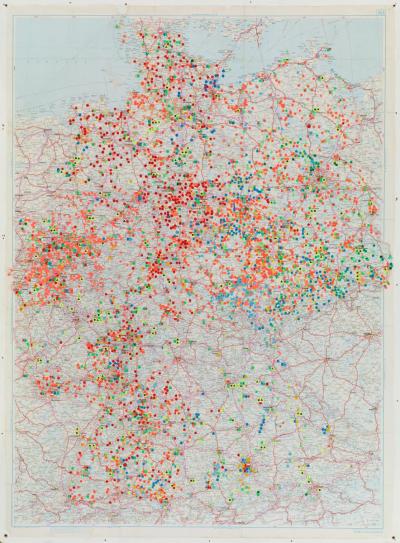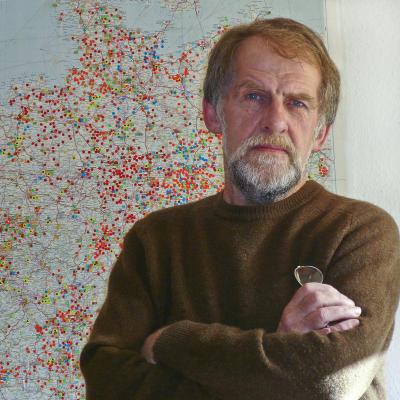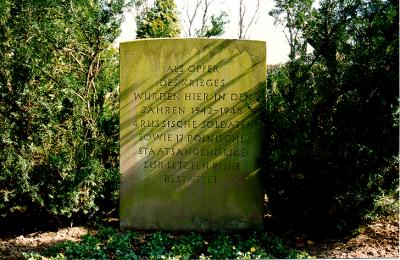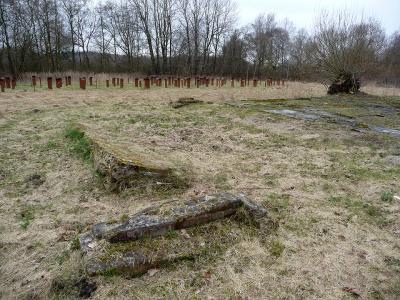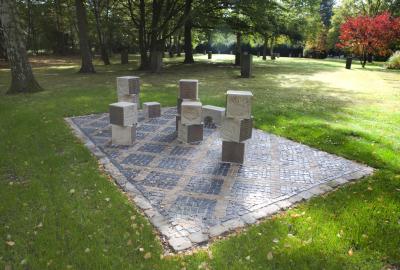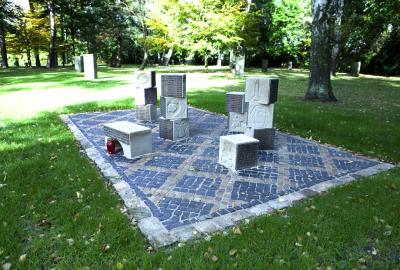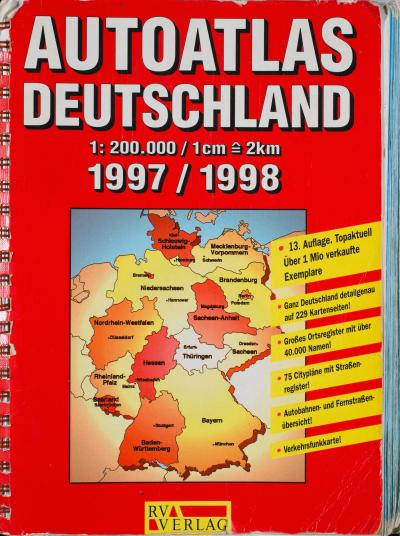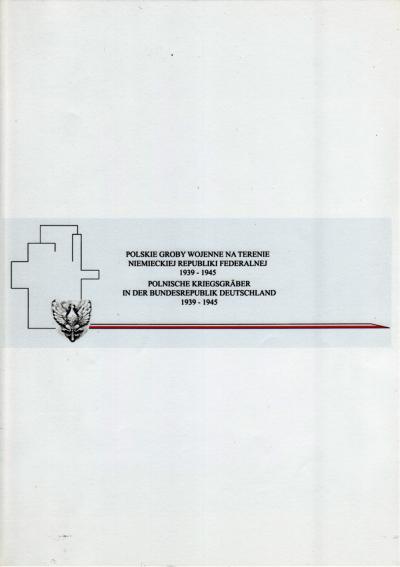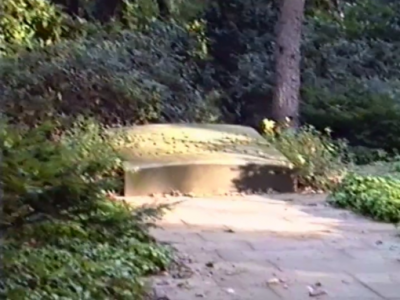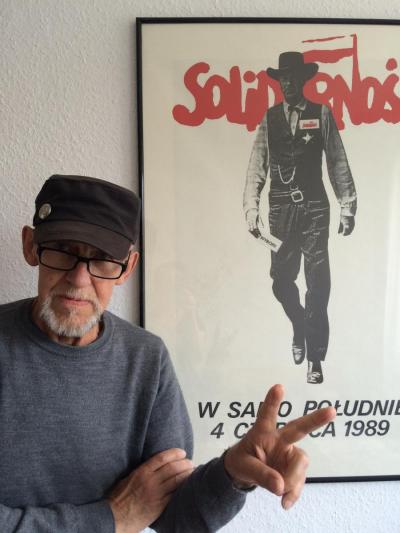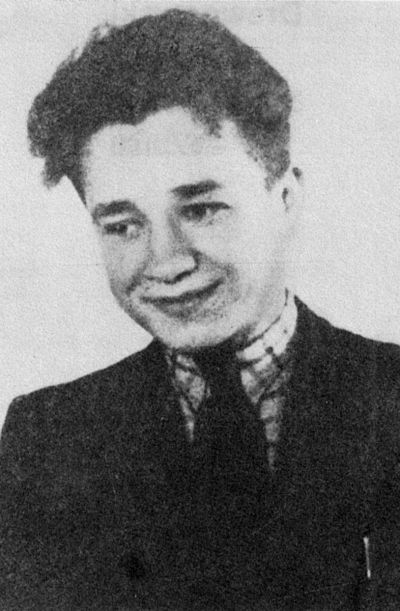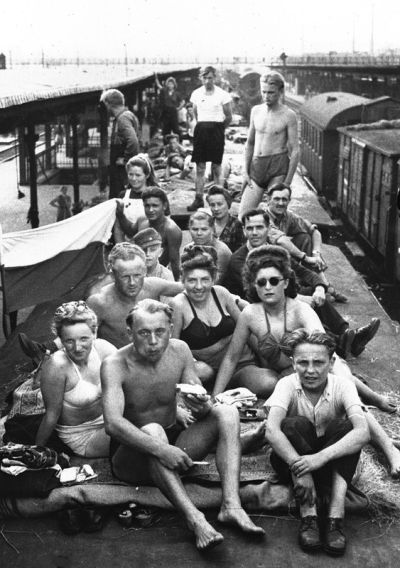Henryk Nazarczuk: Polish War Graves in Germany. A topography of death
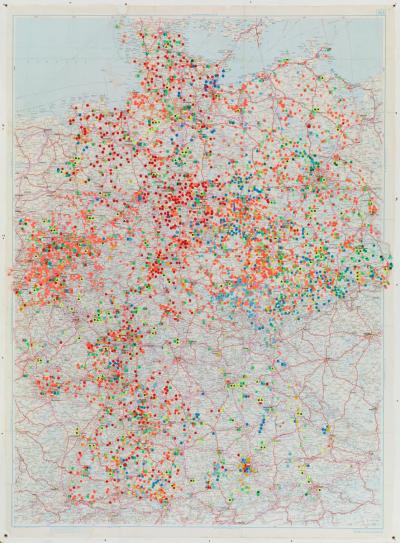
My documentation began in spring 1986 when I first made some notes in Polish on a piece of paper of the details on the “other” graves in the Jewish cemetery in Holzminden, a German town on the River Weser.
Up until the day I made contact with “Porta Polonica”, I have laboriously built up a complete archive over 30 years of voluntary activity in the private time available to me, with the support and later active help given to me by my family (above all my wife). On the map of Germany, on which I have stuck coloured dots showing the status of a grave, there are now around 7000 markings, of which over 4000 are definite, verified and documented sites containing (or that once contained) Polish graves from the Second World War. The other dots give information about camps or events like places of execution or places where people were killed during the “death marches”. Here further details have still to be collected.
Furthermore a few thousand photos – at the start analogue and later digital – make up a part of the documentation, alongside a few hundred (I haven’t counted them) names of Polish war victims noted in the “classic” style (i.e. on paper), which I received from official sources or copied in official offices most of them in Lower Saxony, the region where I live. A few dozen of these lists, above all the comprehensive lists of victims in concentration camps are now digitally accessible. In addition the documentation contains countless copies of documents and further information that I received from officials or private persons, not forgetting notes, sketches of sites and cuttings from newspapers and other publications. And something else: in the 30 years in which I sought for information on the subject in academic publications, like a man with a parched throat in the desert, I have established that such sources are a rarity even in Germany, not to speak of Poland. Nonetheless a relatively large library of sources has been created containing over 250 titles.
Enough of my own stuff! True to the old Polish motto: “Koń, jaki jest, każdy widzi” (The horse is how it is, anyone can see that),[9] a documentation that anyone can call up on the internet and use in any way they choose to, needs no special publicity.
Up to now I’ve never really thought about my age. Now I realise that I am growing old, I’m not in the best of health, and the world is also a few years older, also in Poland where the documentation is due to go into its “well earned retirement”. Only recently I had no doubt about this but after the awful experiences with the older paper documentation in Poland which is probably lying around somewhere gathering dust in an unknown cellar (after the death of Andrzej Przewoźnik I never succeeded in finding out the exact location), I’m looking for another place to store my collection. The fact that people assured me, then and now, that I was a “patriot” was no guarantee that the paper documentation would find a place of rest and preservation. With a few exceptions – Hamburg and, out of a feeling of duty, Hannover; as well as Munich at the beginning of my activities – Polish organisations in Germany have shown no special interest in it.
That said, after several hours of conversation with representatives of “Porta Polonica” it has now been firmly decided to find a suitable secure place for the documentation on their homepage. Thus it will not be consigned to “retirement” but, quite the opposite, can now experience another lease of life in this new dynamically developing medium.
My interest in war graves has been fired by the date of my birth, by the vivid recollections of my two grandfathers and my father, by the reminiscences of Poles in the post-war years and by my own interest in history. It is no accident that I saw my first Polish gravestone in Germany many years ago and now I know of thousands.
Henryk Nazarczuk, January 2017
The footnotes should solely be regarded as a help to understanding the translation and making it easier to read.
HYPERLINK
http://www.polskienekropolie.de
[9] The motto comes from the Polish priest, Benedykt Chmielowski (1700-1763), the author of the first Polish encyclopaedia. It roughly means: something is so obvious that you don't have to talk about it.
